Follow us 148.4k
Making fresh coconut milk and coconut flour at home has never been easier. If you love coconut milk but don't have access to store-bought products, this tutorial will show you how you can make it yourself in just a few easy steps. Apart from coconut milk, you can use the leftover pulp for making coconut flour.
Here is what what you should be aware of when buying coconut milk:
* Some products contain BPAs - avoid them if you can and opt for
BPA-free products.
* There are two types of coconut milk. Some products
such as Aroy-D remain liquid while others "cream" when refrigerated. Aroy-D doesn't thicken and is not suitable for
recipes that call for "creamed" coconut milk.
* Most canned products contain guar gum or other thickeners. It helps the coconut milk "cream" but may also give it an aftertaste that is unpleasant for some people.
Aroy-D doesn't contain any thickeners.
Note: Nutrition facts are for regular liquid coconut milk such as Aroy-D, not "creamed" coconut milk/ coconut cream.
Hands-on Overall
Serving size 1/4 cup/ 60 ml
Nutritional values (per serving, 1/4 cup/ 60 ml)
Net carbs1.6 grams
Protein1.1 grams
Fat12.1 grams
Calories111 kcal
Calories from carbs 5%, protein 4%, fat 91%
Total carbs1.6 gramsFiber- gramsSugars- gramsSaturated fat10.7 gramsSodium7 mg(0% RDA)Magnesium26 mg(6% RDA)Potassium124 mg(6% EMR)
Ingredients (makes about 5 cups)
Optional Flavouring (use either):
Instructions
- Place the shredded coconut in a blender (I use this Kenwood mixer with a blender attachment). Pour in 5 cups of hot water.
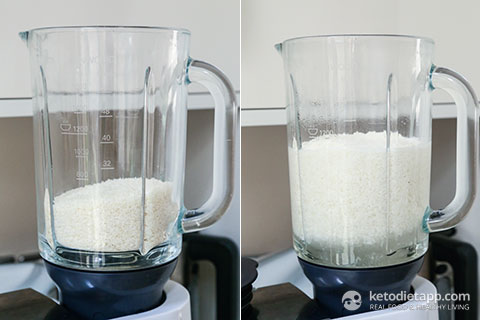
- Blend the mixture on high for 5 minutes or until the coconut is fine and the mixture creamy.
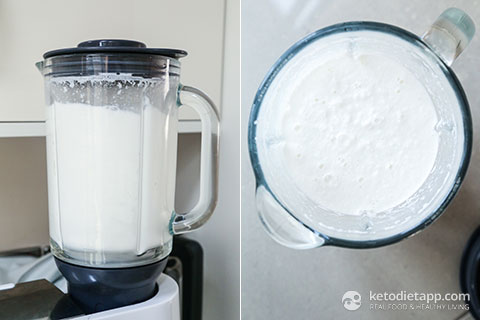
- Pour it in a nut milk bag or through a fine mesh sieve lined with cheesecloth. Strain the mixture through the nut milk bag. I let mine hang over a bowl for several minutes until it cooled down.
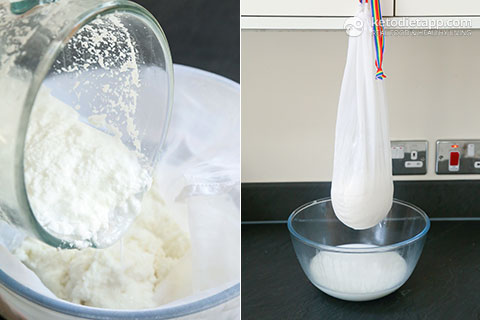
- Using your hands, squeeze out as much coconut milk as possible (be careful, the mixture can still be hot inside). When done, optionally add any flavouring and pour in a container or a bottle. Refrigerate and use within 3 days. If you want to store it for longer, freeze in batches. You can use small freezer bags or containers.
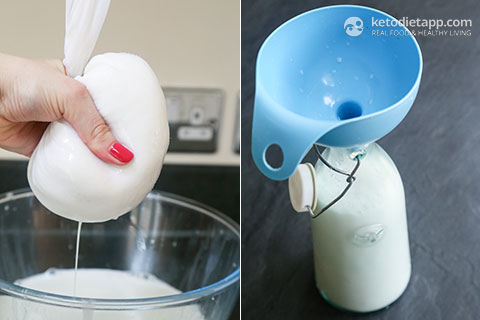
- Don't waste the coconut pulp and use it in recipes just like coconut flour. It's not as fine as store-bough coconut flour but has similar properties and nutrition facts. Before you store it, you will have to dehydrate it. Preheat the oven to 70-80 °C/ 160-175 °F. Spread the pulp over a large baking tray and place in the oven. Dehydrate for 4-6 hours or until dry. Mix a few times during the dehydration process.
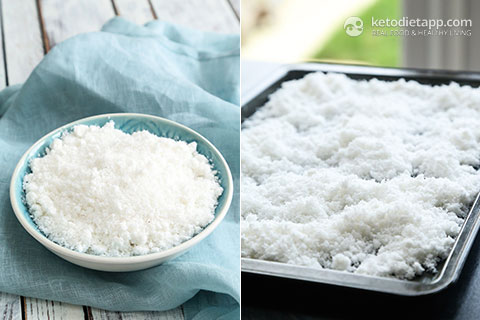
- Once it's dry (not browned), place it in a food processor and pulse until powdered (I use this Kenwood mixer with a food processor attachment). Don't worry, unlike shredded coconut that contains a lot of fat, the pulp will not turn into coconut butter as you blend it.
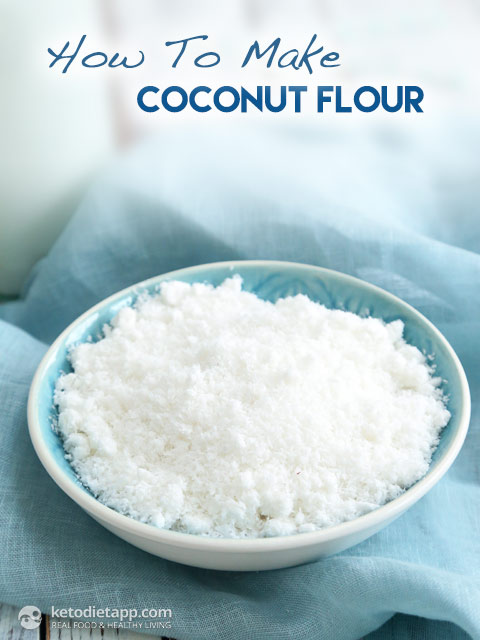
Tips
Homemade coconut milk will separate as it sits after a few minutes and that's perfectly normal. Simply shake every time before use. When refrigerated, a thin layer of coconut oil may appear on top. It will melt once you bring it to room temperature.

Using fresh coconuts? Instead of shredded coconut, you can use fresh coconut meat that has been peeled. Here is a guide that explains how to do it.

Ingredient nutritional breakdown (per serving, 1/4 cup/ 60 ml)
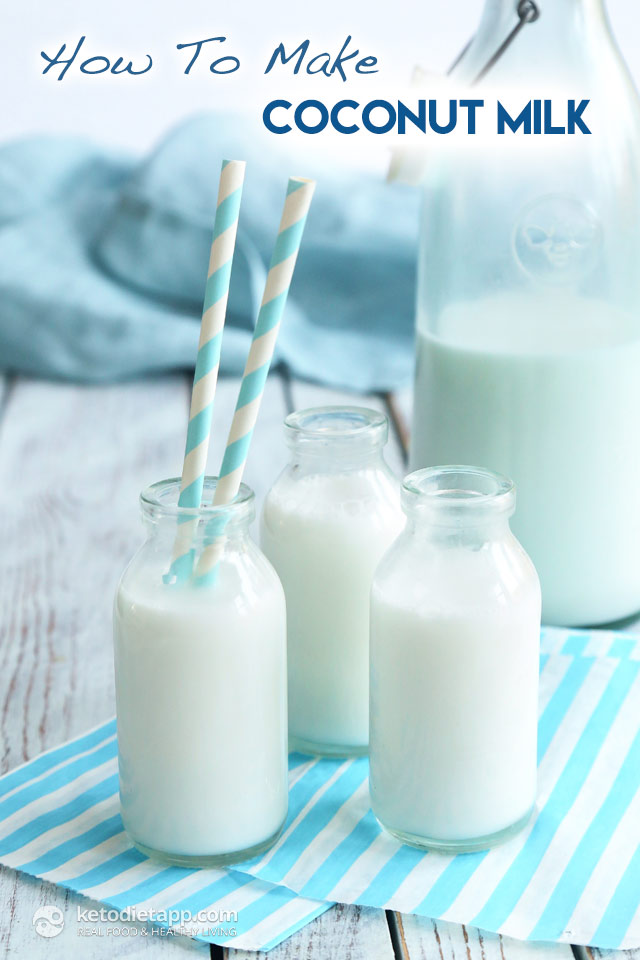 Follow us 148.4k
Follow us 148.4k
Do you like this recipe? Share it with your friends!
Let us know what you think, rate this recipe!
